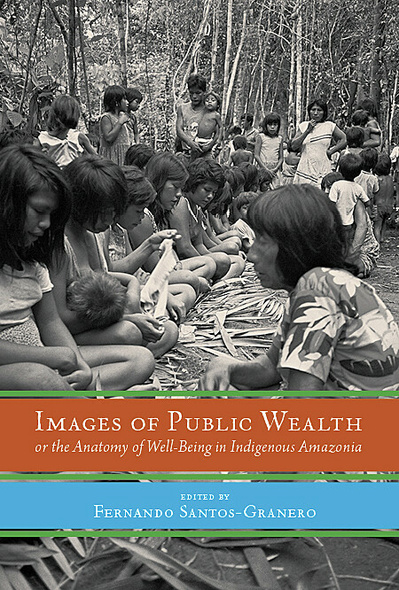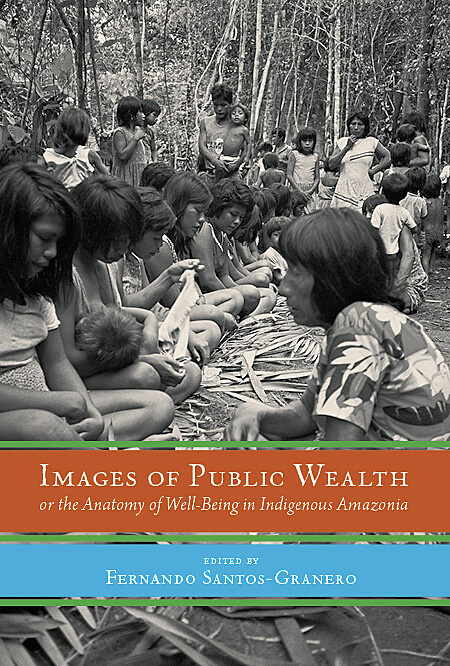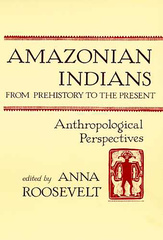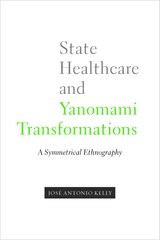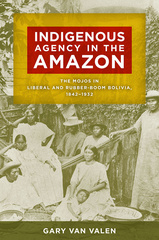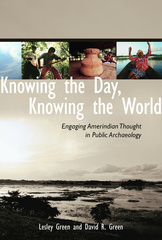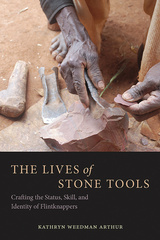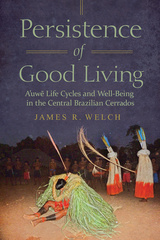Images of Public Wealth or the Anatomy of Well-Being in Indigenous Amazonia
Edited by Fernando Santos-Granero
The University of Arizona Press
What is considered a good life in contemporary societies? Can we measure well-being and happiness? Reflecting a global interest on the topics of well-being, happiness, and the good life in the face of the multiple failures of millennial capitalism, Images of Public Wealth or the Anatomy of Well-Being in Indigenous Amazonia deliberately appropriates a concept developed by classical economists to understand wealth accumulation in capitalist societies in order to denaturalize it and assess its applicability in non-capitalist kin-based societies.
Mindful of the widespread discontent generated by the ongoing economic crisis in postindustrial societies as well as the renewed attempts by social scientists to measure more effectively what we consider to be “development” and “economic success,” the contributors to this volume contend that the study of public wealth in indigenous Amazonia provides not only an exceptional opportunity to apprehend native notions of wealth, poverty, and the good life, but also to engage in a critical revision of capitalist constructions of living well.
Through ethnographic analysis and thought-provoking new approaches to contemporary and historical cases, the book’s contributors reveal how indigenous views of wealth—based on the abundance of intangibles such as vitality, good health, biopower, and convivial relations—are linked to the creation of strong, productive, and moral individuals and collectivities, differing substantially from those in capitalist societies more inclined toward the avid accumulation and consumption of material goods.
Mindful of the widespread discontent generated by the ongoing economic crisis in postindustrial societies as well as the renewed attempts by social scientists to measure more effectively what we consider to be “development” and “economic success,” the contributors to this volume contend that the study of public wealth in indigenous Amazonia provides not only an exceptional opportunity to apprehend native notions of wealth, poverty, and the good life, but also to engage in a critical revision of capitalist constructions of living well.
Through ethnographic analysis and thought-provoking new approaches to contemporary and historical cases, the book’s contributors reveal how indigenous views of wealth—based on the abundance of intangibles such as vitality, good health, biopower, and convivial relations—are linked to the creation of strong, productive, and moral individuals and collectivities, differing substantially from those in capitalist societies more inclined toward the avid accumulation and consumption of material goods.
Images of Public Wealth is a delightful and timely look at alternative understandings of wealth vis-`a-vis Western concepts.’—Journal of Latin American and Caribbean Anthropology
‘Each of the seven case studies in this volume develops an ethnographic portrait of public wealth to help Western readers understand how Amazonian peoples generate individual and collective well-being…The volume stands on its own as a tightly focused comparison of Amazonian societies.’—Journal of Anthropological Research
‘A laudable contribution to the longstanding anthropological study of and respect for alternative human moralities.’—Tipití: Journal of the Society for the Anthropology of Lowland South America
‘El libro . . . nos recuerda la revelación principal de la Antropología: la idea de que nuestro mundo, en el que vivimos, no existe en un sentido absoluto, sino que no es más que un modelo de realidad.’—Quaderns-e (l’Institut Català d’Antropologia)
Fernando Santos-Granero is a senior scientist at the Smithsonian Tropical Research Institute in Panama. He is the author of several books, including Vital Enemies: Slavery, Predation, and the Amerindian Political Economy of Life.
Fernando Santos- Granero
I. HEALTH, VITALITY, AND EUPHORIA
1. It’s Ear- y and Euphoric: Amazonian Music and the Per for mance of Public Wealth Among the Suyá/Kïsêdjê
Anthony Seeger
2. Biopolitics of Health as Wealth in the Original Risk Society
Beth A. Conklin
3. Public Wealth and the Yanesha Struggle for Vitality
Fernando Santos- Granero
II. LAND, MONEY, AND CARE
4. Amazonian Kichwa Leadership: The Circulation of Wealth and the Ambiguities of Mediation
María A. Guzmán- Gallegos
5. “It Makes Me Sad When They Say We Are Poor. We Are Rich!”: Of Wealth and Public Wealth(s) in Indigenous Amazonia
Juan Pablo Sarmiento Barletti
6. Divine Banknote: The Translation of Project Money into Public Wealth
Giovanna Micarelli
III. LIVING WELL
7. Clashing Concepts of the “Good Life”: Beauty, Knowledge, and Vision Versus National Wealth in Amazonian Ec ua dor
Norman E. Whitten, Jr., and Dorothea Scott Whitten
Contributors
Index

